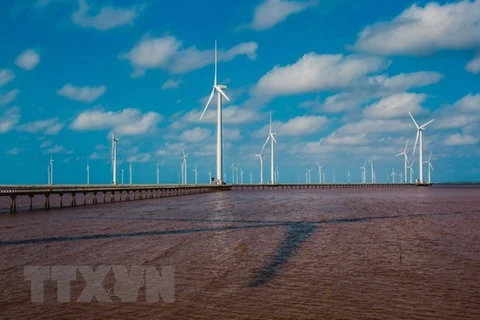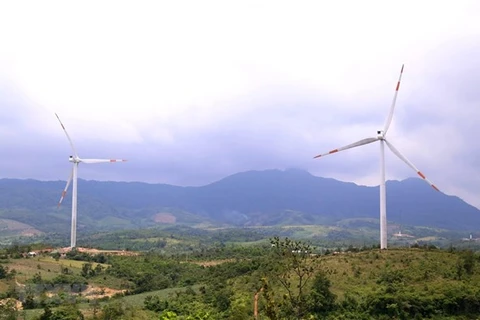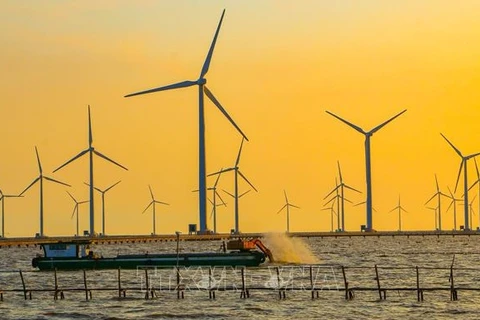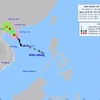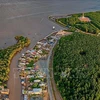Hanoi (VNA) – The World Bank has recommended 20 actions that address three priority themes for Vietnam’s successful offshore wind industry.
The ‘Offshore Wind Roadmap for Vietnam’ report is the outcome of a study that followed an invitation from the Vietnamese Government to the WB. It was carried out from February to October 2020.
According to the WB, by 2035, there will be about 450 large offshore wind turbines operating in Vietnam, installed at about 10 large conventional fixed offshore wind farms and one or two at floating ones.
In addition, based on leases issued to date, there will be about 30 smaller nearshore wind farms using smaller turbines.
The WB warned that nearshore projects in proximity to key biodiversity areas, critical habitats, and sensitive natural habitats will likely result in very high environmental impacts and may be unlikely to meet WB Group environmental and social standards.
The cost of energy of the first offshore wind projects will likely be high, at 150-200 USD/MWh, due to a lower capacity factor, limited use of local suppliers, and small project scale.
Experience from other markets has shown that the cost of energy quickly reduces as more capacity is built out, with risks reducing and local capability increasing. In this scenario, the cost of energy of projects can be expected to reduce to around 80–90 USD/MWh by 2030 and 60–70 USD/MWh by 2035.
Under high growth scenario, with significant expansion of offshore wind resulting in offshore wind supplying 12 percent of Vietnam’s electricity needs by 2035, levelised cost of energy is projected to be 20 percent lower.
Local jobs will quadruple and there will be more value added to the economy. Consumers will enjoy less than half the net cost, according to the report.
Experience in developed offshore wind markets suggest that ambitious, long-term targets can serve as cornerstones for industry development, it continued.
The results of this roadmap suggest that a target of 10 GW by 2030 and 25 GW by 2035 would likely accomplish this objective. At the same time, a consequence of higher growth is a higher risk of adverse environmental and social impacts.
This places even greater importance on the need to develop a marine spatial plan and a framework for environmental legislation to be put in place before development leases are issued./.

